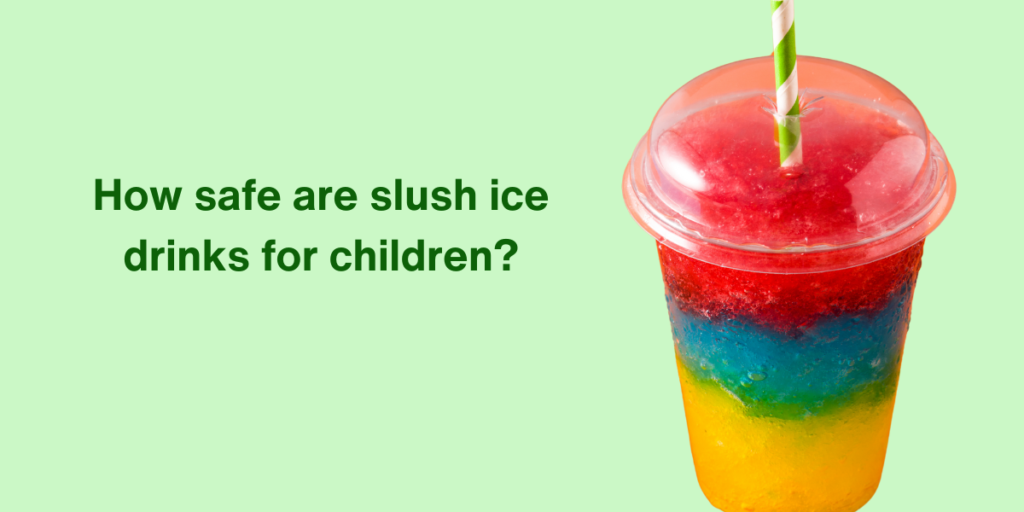Slush ice drinks—colorful, icy, and popular refreshments—are often marketed toward children. These drinks, which are commonly found in parks, play centers, and even in at-home kits, seem harmless on the surface. However, a recent study has revealed a concerning link between these beverages and unexpected health issues in young children, particularly those under eight years old.
The issue lies with one of the ingredients: glycerol. This substance, also known as E422 or glycerin, is added to sugar-free slush ice drinks to maintain their signature slushy texture. While glycerol is generally considered safe in small amounts, large or rapidly consumed doses can lead to a condition called glycerol intoxication syndrome (GIS). This condition mimics symptoms of certain rare metabolic diseases, which can make diagnosis and treatment a challenge.
What Is Glycerol Intoxication Syndrome?
Glycerol intoxication syndrome can cause several alarming symptoms in children. According to the study, nearly all children affected exhibited the following symptoms within an hour of consuming slush ice drinks:
- Decreased consciousness: Most of the children showed signs of lethargy or drowsiness, with one child even experiencing a seizure.
- Low blood sugar levels (hypoglycemia): This condition occurred in 95% of the cases, with severe levels recorded in some children.
- Acidosis: A majority of the children experienced a condition known as lactic acidosis, which refers to an excess of acid in the body caused by the buildup of lactate.
- Electrolyte imbalance: Symptoms also included low potassium levels in 75% of cases.
- Metabolic changes: Biochemical tests revealed evidence of pseudohypertriglyceridemia and elevated glycerol levels in urine samples.
Why Does This Happen?
Glycerol is naturally found in lipids and can be metabolized by the body. However, when consumed in large quantities or rapidly, particularly by small children, it can overwhelm the body’s metabolic pathways. This leads to the symptoms described above. Other factors, such as fasting, high physical activity, or consuming the drink too quickly, may further contribute to the severity of the reaction.
What Should Parents Know?
The study emphasized the importance of raising awareness among both parents and public health officials. Here are key takeaways:
- Avoid slush ice drinks for children under 8 years old: Guidelines from health authorities in the UK and Ireland now recommend that young children, especially those under the age of 4, avoid these drinks altogether.
- Read ingredient labels: If you choose to buy slush ice drinks, check whether glycerol (E422) is listed as an ingredient and be cautious about how much your child consumes.
- Watch for symptoms: If your child consumes a slush ice drink and shows symptoms such as drowsiness, vomiting, or unusual behavior, seek medical attention immediately.
Public Health Implications
The findings from this study have already influenced public health policies in some regions. In the UK and Ireland, national guidance now recommends restrictions on slush ice drinks for younger children. Parents are encouraged to prioritize safety and make informed decisions about these seemingly innocuous beverages.
From a broader perspective, the study also calls for clearer regulations and transparency in the labeling of slush ice drinks. Public health bodies are advocating for stricter controls on the concentration of glycerol used in these products and improved guidelines for safe consumption.
Moving Forward
While slush ice drinks may seem like a fun treat, their potential risks to young children are now more apparent than ever. As parents and caregivers, staying informed about the ingredients in the food and drinks we provide to our children is crucial. Together, with awareness and advocacy, we can push for safer products and a healthier environment for the next generation.
Get the detailed study information: Glycerol intoxication syndrome in young children, following the consumption of slush ice drinks, Archives of Disease in Childhood (2025). DOI: 10.1136/archdischild-2024-328109

